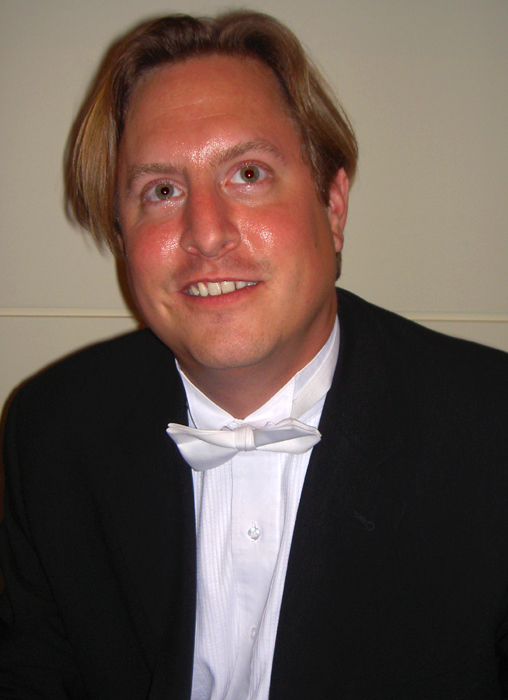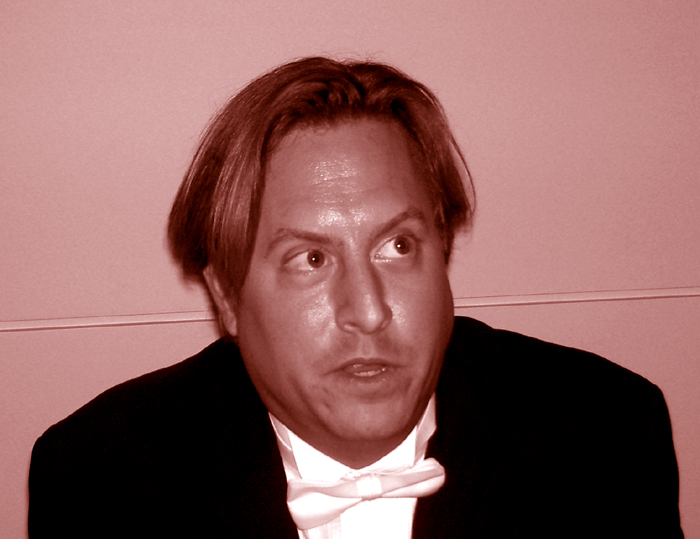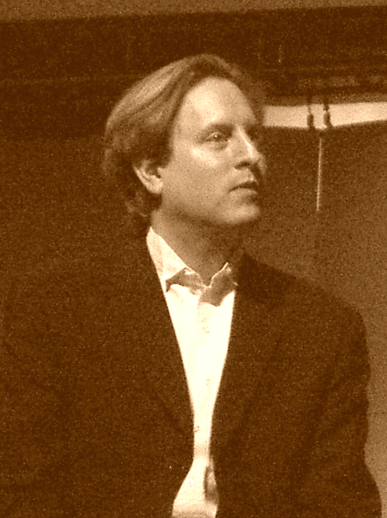
Classical guitarist Jason Vieaux has been building a reputation as a forward thinking, boundary expanding player for years now. His playing on albums like Sevilla: the music of Isaac Albéniz and Manuel Ponce, The Guitar Sonatas is sensitive and passionate. Images of Metheny, where he takes Pat Metheny classics and reinvents them as classical guitar pieces, is as daring as it is beautiful. Progsheet is pleased to spend time with this virtuouso...


